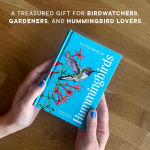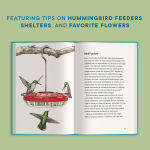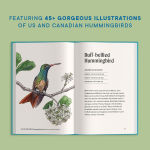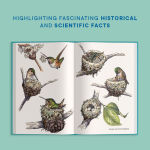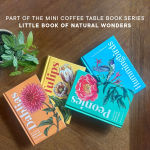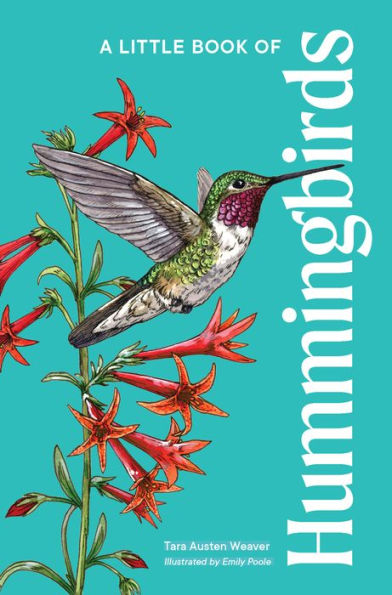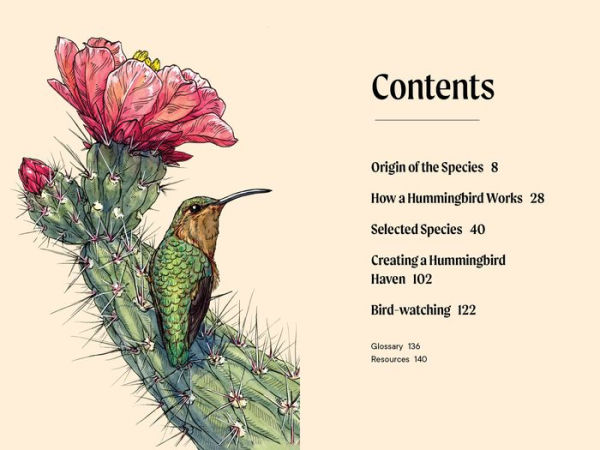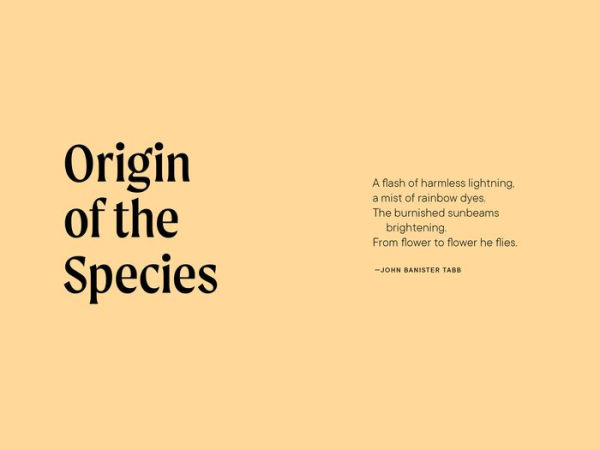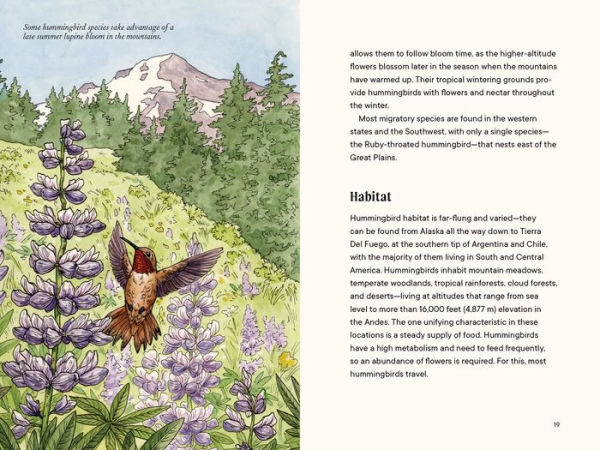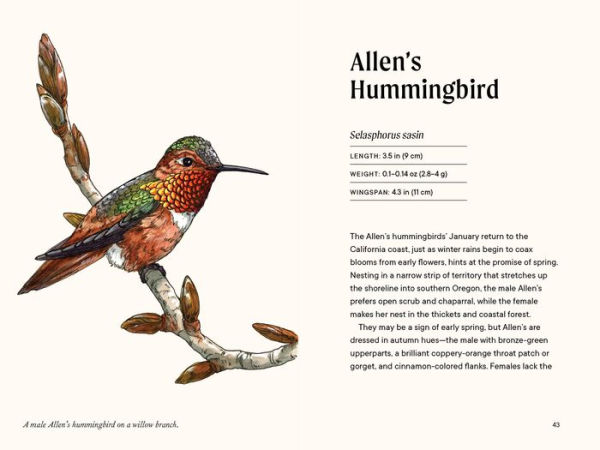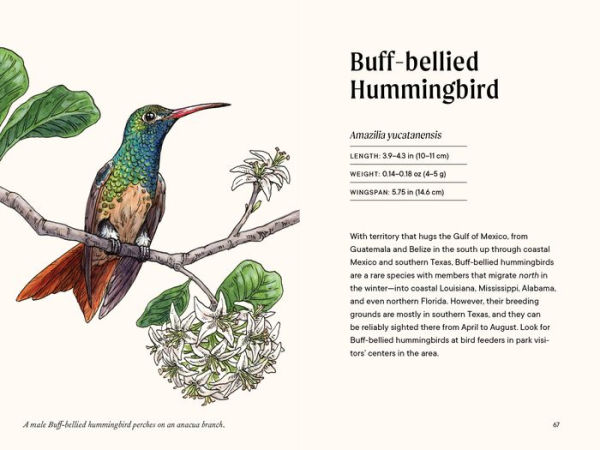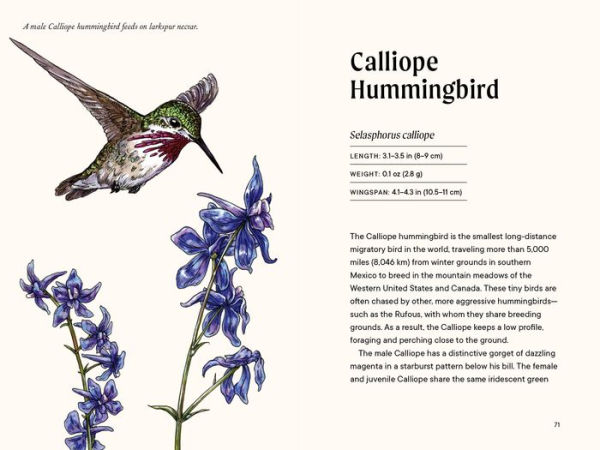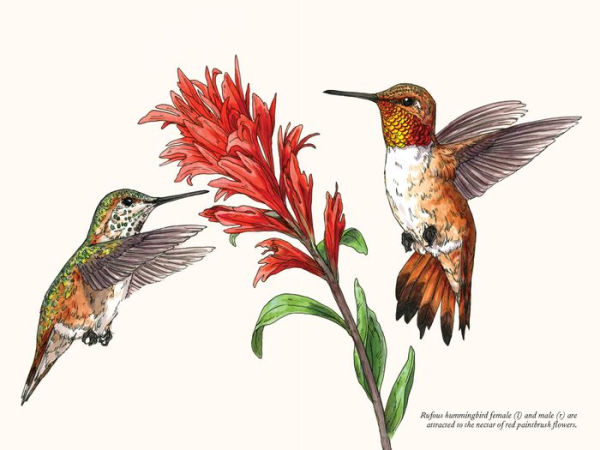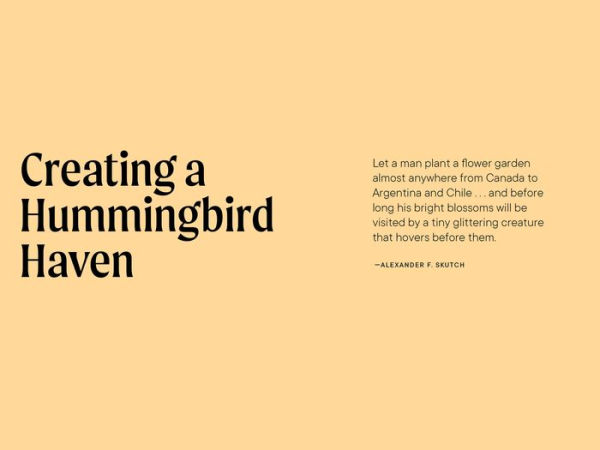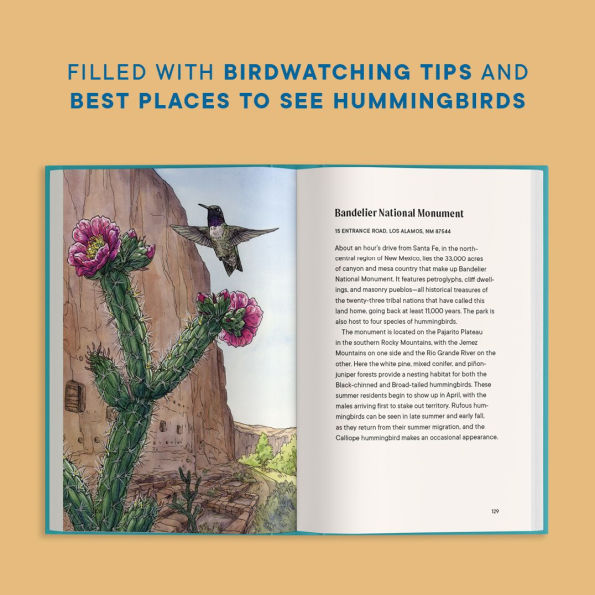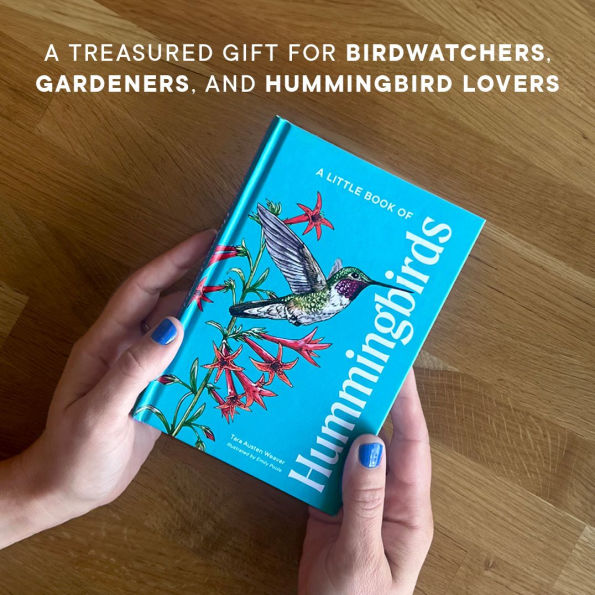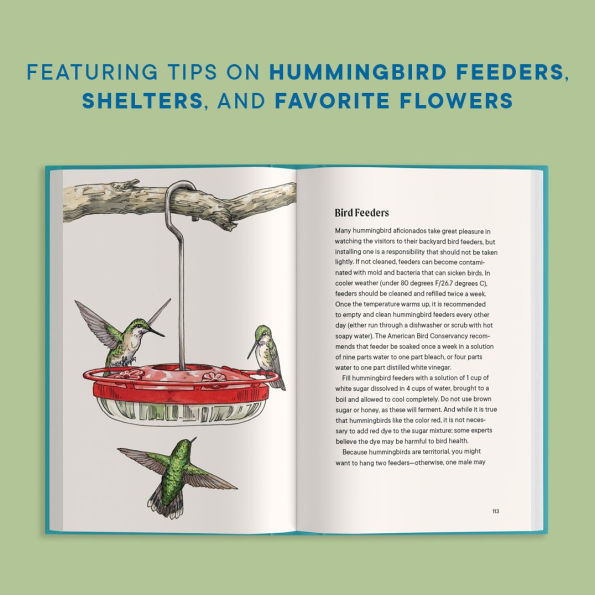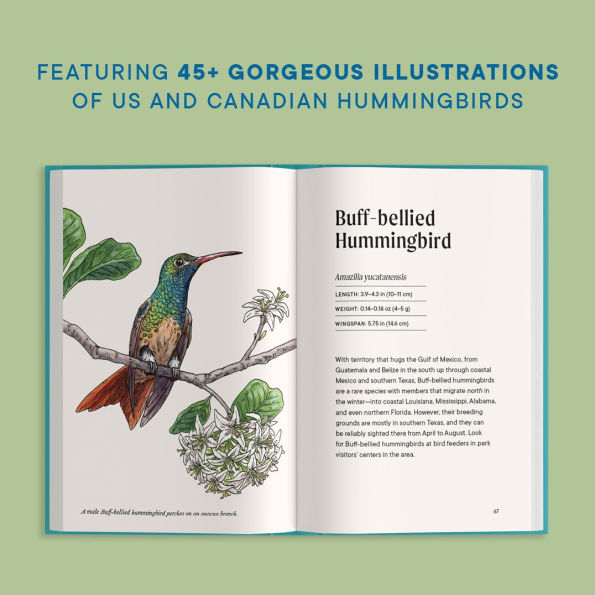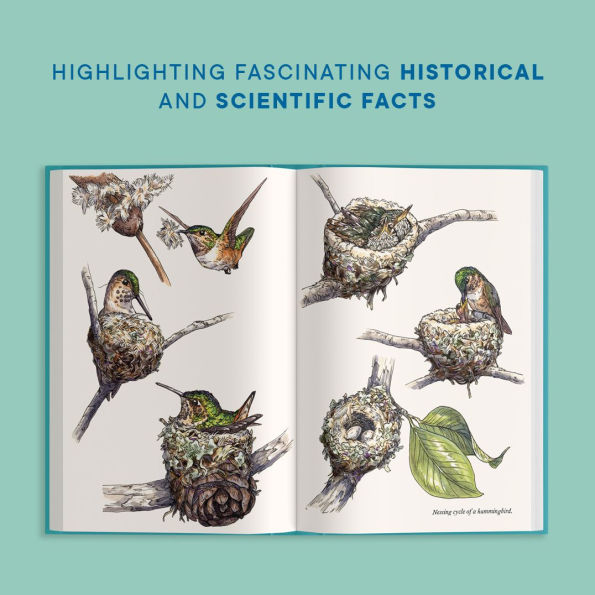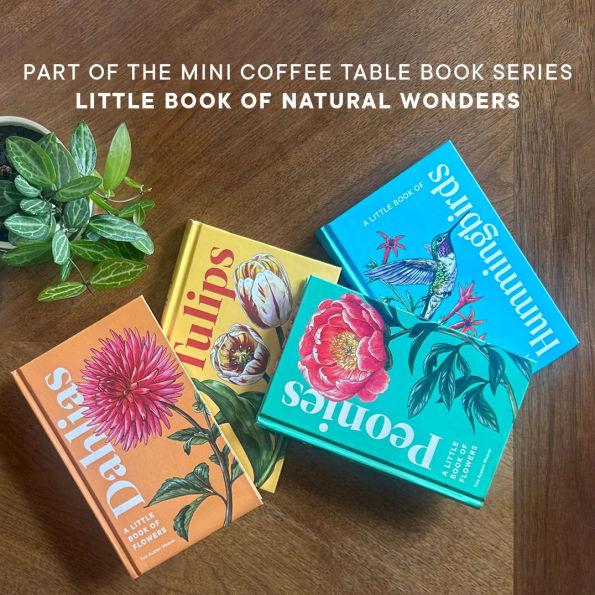A Little Book of Hummingbirds
This bestselling journey into the world of the hummingbird is a treasure and a gift for birdwatchers, gardeners, and anyone who loves these amazing little creatures. Lavishly illustrated with 45+ original ink-and-watercolor illustrations of the species most commonly found in the US and Canada.
Hummingbirds are beautiful and mesmerizing. Did you know they can flick their tongue twelve times a second? Or that they “tile” their nests with pieces of lichen and moss (the nests themselves are spun from spiderwebs and thistledown)? Or that some species sing and dance as they woo their mates? Perhaps it’s no surprise that hummingbirds elicit such enthusiasm from those who love them.
This small-format hardcover book includes:
This book is part of the collectible mini book series Little Book of Natural Wonders, and makes a gorgeous gift (or irresistible treat for yourself) for all hummingbird lovers!
1143735423
Hummingbirds are beautiful and mesmerizing. Did you know they can flick their tongue twelve times a second? Or that they “tile” their nests with pieces of lichen and moss (the nests themselves are spun from spiderwebs and thistledown)? Or that some species sing and dance as they woo their mates? Perhaps it’s no surprise that hummingbirds elicit such enthusiasm from those who love them.
This small-format hardcover book includes:
- 45 lifelike ink-and-watercolor drawings showcasing all the species commonly found in the US and Canada, as well as the most frequent visitors—often depicted with their favorite flowers. Includes all males and many females.
- Fascinating facts on cultural history, folklore, migration patterns, habitat, lifecycle, biology, and anatomy
- Information on creating your own hummingbird haven using feeders, flowers, water, and shelter
- Birdwatching tips and best places to visit to see hummingbirds
This book is part of the collectible mini book series Little Book of Natural Wonders, and makes a gorgeous gift (or irresistible treat for yourself) for all hummingbird lovers!
A Little Book of Hummingbirds
This bestselling journey into the world of the hummingbird is a treasure and a gift for birdwatchers, gardeners, and anyone who loves these amazing little creatures. Lavishly illustrated with 45+ original ink-and-watercolor illustrations of the species most commonly found in the US and Canada.
Hummingbirds are beautiful and mesmerizing. Did you know they can flick their tongue twelve times a second? Or that they “tile” their nests with pieces of lichen and moss (the nests themselves are spun from spiderwebs and thistledown)? Or that some species sing and dance as they woo their mates? Perhaps it’s no surprise that hummingbirds elicit such enthusiasm from those who love them.
This small-format hardcover book includes:
This book is part of the collectible mini book series Little Book of Natural Wonders, and makes a gorgeous gift (or irresistible treat for yourself) for all hummingbird lovers!
Hummingbirds are beautiful and mesmerizing. Did you know they can flick their tongue twelve times a second? Or that they “tile” their nests with pieces of lichen and moss (the nests themselves are spun from spiderwebs and thistledown)? Or that some species sing and dance as they woo their mates? Perhaps it’s no surprise that hummingbirds elicit such enthusiasm from those who love them.
This small-format hardcover book includes:
- 45 lifelike ink-and-watercolor drawings showcasing all the species commonly found in the US and Canada, as well as the most frequent visitors—often depicted with their favorite flowers. Includes all males and many females.
- Fascinating facts on cultural history, folklore, migration patterns, habitat, lifecycle, biology, and anatomy
- Information on creating your own hummingbird haven using feeders, flowers, water, and shelter
- Birdwatching tips and best places to visit to see hummingbirds
This book is part of the collectible mini book series Little Book of Natural Wonders, and makes a gorgeous gift (or irresistible treat for yourself) for all hummingbird lovers!
16.95
In Stock
5
1

A Little Book of Hummingbirds
144
A Little Book of Hummingbirds
144Hardcover
$16.95
16.95
In Stock

Product Details
| ISBN-13: | 9781632174987 |
|---|---|
| Publisher: | Blue Star Press |
| Publication date: | 03/26/2024 |
| Series: | Little Book of Natural Wonders |
| Pages: | 144 |
| Sales rank: | 74,647 |
| Product dimensions: | 4.70(w) x 6.80(h) x 0.60(d) |
About the Author
From the B&N Reads Blog












